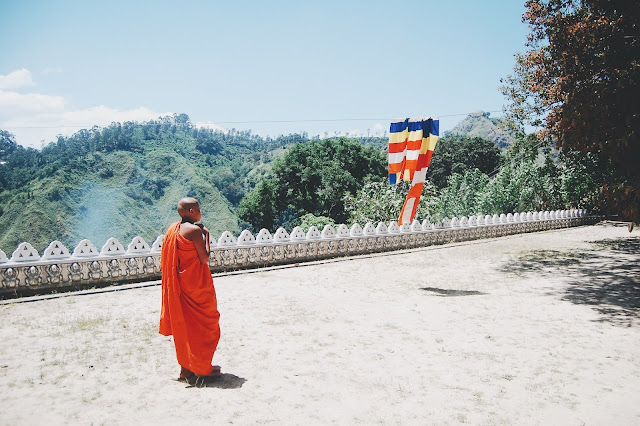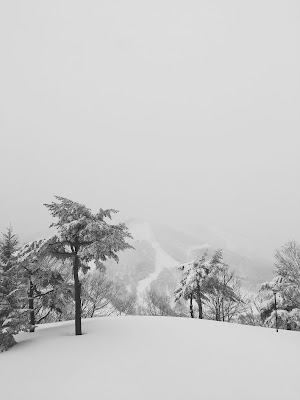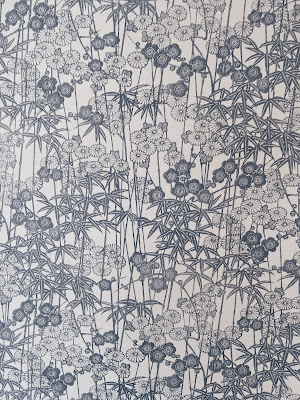when the pandemic hit hard globally in early March, i had just finished the winter season in Madarao...a small winter resort in the Northern Japan Alps of Nagano, on the main island of Honshu. luckily I was able to stay and isolate in a very beautiful Japanese alpine chalet due to the generosity of some very lovely friends. although being in the mountains during the winter to spring transition was hard at times, seeing the landscape turn from white to brown to green was a pretty spectacular sight. the seasons in Japan are so distinct; the colours of Aki (秋) (Autumn) being a beautiful and intense spectacle. there are even many words the Japanese use to describe the different parts of a season that symbolises change. koyo (紅葉) refers to the phenomenon of changing autumn colour, while rakuyou (落葉) is fallen leaves.
and finally my most loved; akibare (秋晴れ) referring to the clean, crisp, bracing sensation you get when breathing in the cold air and surveying a grand autumn panorama.
Japanese language manages to capture a feeling we have all had, but find difficult to define. after visiting Japan for the first time in 2019 I have become more and more interested in its philosophies, most notably ‘wabi sabi’, and it’s counterpart reasoning of the bittersweet nature of being: ‘mono no aware’. ‘mono’ means thing and ‘aware’ (pronounced ah-wah-re) translates to the sensitivity or gentle sadness about the transitory, ephemeral nature of life.
for me, this can come on the form of melancholic moods that come with seeing a sunrise in a particular place at a particular time. somewhere that you more than likely will only visit once. it’s a sadness at that realisation, but also an acknowledgement of the inevitability of it all. mono no aware perfectly encapsulates the feeling that thought evokes.
and finally my most loved; akibare (秋晴れ) referring to the clean, crisp, bracing sensation you get when breathing in the cold air and surveying a grand autumn panorama.
Japanese language manages to capture a feeling we have all had, but find difficult to define. after visiting Japan for the first time in 2019 I have become more and more interested in its philosophies, most notably ‘wabi sabi’, and it’s counterpart reasoning of the bittersweet nature of being: ‘mono no aware’. ‘mono’ means thing and ‘aware’ (pronounced ah-wah-re) translates to the sensitivity or gentle sadness about the transitory, ephemeral nature of life.
for me, this can come on the form of melancholic moods that come with seeing a sunrise in a particular place at a particular time. somewhere that you more than likely will only visit once. it’s a sadness at that realisation, but also an acknowledgement of the inevitability of it all. mono no aware perfectly encapsulates the feeling that thought evokes.
that’s why I love photography - to capture those feelings in an image and bring that feeling back over and over again.
narai juku, japan, 2019.


















































